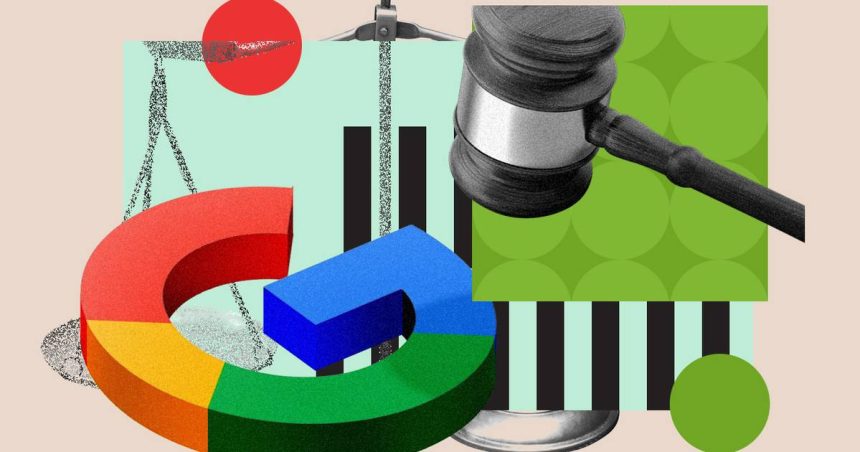“It’s the computer that figures it out.”
That’s US District Court Judge Leonie M. Brinkema, 80, succinctly explaining how an ad exchange manages the frequency caps of a programmatic ad campaign. Heady stuff, but at least by Day 2 of the Department of Justice’s antitrust case against Google, Judge Brinkema’s questions and statements, like asking on Monday whether an ad auction functions like Sotheby’s, have been direct and to the point. She has seemed to navigate the jargon and complexity of the ad market—a market that she could fundamentally alter at the end of this trial—with ease.
After the first day focused on publishers and competition, the second day of the trial was also not kind to Google’s publisher ad tech. Stephanie Layser, who oversaw the programmatic business at News Corp and now works at Amazon Web Services, described Google’s ad server for publishers, formerly known as DFP, as “slow and clunky” from the witness stand. Eisar Lipkovitz, a former Google VP of engineering on display and video ads who left the company in 2019 after nearly 15 years, described the team working on DFP as “lazy and slow in terms of innovation” in a video deposition that was played in the courtroom.
The point of it all? To illustrate that, despite industry complaints about the technology, Google’s ad server has an enormous percentage of market share. Layser testified that when News Corp tried to find a different ad server in 2017, it determined that losing Google’s advertisers could have cost the publisher at least $9 million in ad revenue that year alone.
- AdX, Google’s ad exchange, which is exclusive to Google’s ad server, accounted for 52.7% of News Corp’s programmatic revenue in 2016, or roughly $43.9 million, she said.
It was “impossible to negotiate with Google,” Layser said.
Jay Friedman, CEO of the marketing agency Goodway Group, told the court that his agency tried to negotiate with Google over AdX’s take rate, which he said was higher than the competition but provided the same quality of advertisers. It was denied, he said.
Get marketing news you’ll actually want to read
Marketing Brew informs marketing pros of the latest on brand strategy, social media, and ad tech via our weekday newsletter, virtual events, marketing conferences, and digital guides.
Friedman spent much of his testimony explaining the differences between walled gardens and the open internet, as well as why advertisers view display advertising and social media advertising differently. His distinction, he said: A Ramada Inn and a Ritz-Carlton are both hotels, but they serve different purposes.
As Marketing Brew previously noted, the DOJ and Google have competing definitions of what constitutes an online ad.
- As Layser explained, publishers like the Wall Street Journal can’t sell their ads on servers built for platforms like TikTok, even if Google considers that platform to be competition.
At one point, Judge Brinkema asked Layser if publishers “wanted access to the largest demand of advertisers, but didn’t want to go through the ‘system’ to get it,” to which Layser replied “yes.”
Lipkovitz, whose deposition was heard last on Tuesday, said that he raised questions around Google’s exclusivity agreements, and noted that Google limited the ability for publishers to set price controls within AdX.
“I don’t think you win trust with customers by telling them what they can’t do,” he said.
Lipkovitz was also asked about Project Poirot, a Google initiative that the DOJ has alleged lowered bids sent from Google’s DSP to rival exchanges so its own exchange would win. Lipkovitz testified that this was the goal of the project, “not a side effect.”
Side note: one internal Google document that Lipkovitz read mentions a strategy to “drain the swamp,” apparently referring to “SSPs that don’t actually add value,” Lipkovitz said. Many in the courtroom laughed out loud.
And when he attempted to tackle these issues, Lipkovitz said his questions weren’t answered.
“The machine won,” he said.
Read the full article here










